History of Natural fiber
The final product in the short-staple spinning process is a yarn made from fiber. Fibers have been defined, according to Textile Institute, as “units of matter characterized by the flexibility, fineness and high ratio of length to thickness.” Mainly there are two types of fiber. One is a natural fiber, and the other is man-made or synthetic fiber. The fiber which is obtained from the natural source is called natural fiber. On the other hand, the fiber which is obtained by different chemical reaction is called man-made fiber. Natural fiber strength is lower than man-made fiber. Because, man-made fiber’s polymer chains are arranged in regular order. But the polymer chain of natural fiber is stayed in disorder form. That’s means, man-made fiber is more crystalline than natural fiber. Usually, natural fibers are hydrophilic. Because, there are more amorphous region in natural fiber. however, In this article, we will learn the history of natural fiber.
Textile fibers have been used to make cloth for several thousand years. Until 1885, when the first manufactured fiber was produced commercially, fibers were produced by plants and animals. The fibers most commonly used were wool, flax, cotton, and silk. These four natural fibers continue to be used and valued today, although their economic importance relative to all fibers has decreased. We know that natural fibers are those in fiber form as they grow or develop and come from animal, plant, or mineral sources. The first use of natural fibers occurred in 8000 B.D. in Egypt. The earliest evidence of humans using fibers is the discovery of wool and dyed flax fibers found in a prehistoric cave in the republic of Georgia that dates back to 36000 BP. The Swiss Lake Dwellers in 8000 BC cultivated flax and wove linen into fabrics. By 3000 to 2000 BC, the use of fibers was well developed, and cotton weaving was well established in Bangladesh, India, and Pakistan. Eli Whitney’s invention of the cotton gin in 1793 helped cotton become the king of fibers.
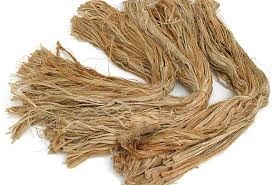
There is an exciting history of invention behind silk fiber. Some archeological evidence indicates that silk production may have begun as early as 5000 BC, more than seven thousand years ago. But silk and sericulture began in china more than 4000 years ago. Empress His Ling Shi sat under a mulberry tree to drink tea. She began playing with a cocoon of the silkworm. When it fell at the drinking tea and discovered it was made of delicate thread. She also observed a silk caterpillar spinning itself into a cocoon. The Empress learned to spin the silk and to make luxurious fabric. The Romans paid one pound of gold for a pound of silk fabric. The Chinese never let out the secret of how the silk was produced. However, in later years, Christian monks smuggled the eggs out of the country. Hence introducing silk manufacture in other nations as well. Natural fibers can be used for high-tech applications, such as composite parts for automobiles and medical supplies. Compared to composites with natural fibers have advantages such as lower density, better thermal insulation, and reduced skin irritation. Further, unlike glass fibers, natural fibers can be broken down by bacteria once they are no longer used.
Natural fibers are suitable water absorbents and can be found in various textures. For example, cotton fiber from the cotton plant produces fabrics that are light in weight, soft in texture, and can be made in various sizes and colors.
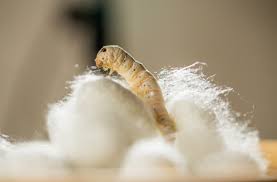
References
1. Corbman, B. P. (1983). Textiles Fiber to Fabric. New York: Mc Graw Hill.
2. Hossain, M. S. (2014). Introduction to Textile Engineering. Dhaka: Books Fair Publications.
3. Kadolph, S. J. (2009). Textiles. New Delhi: Dorling Kindersley.
4. Siddique, D. H. (n.d.). Natural Fibers. Dhaka.
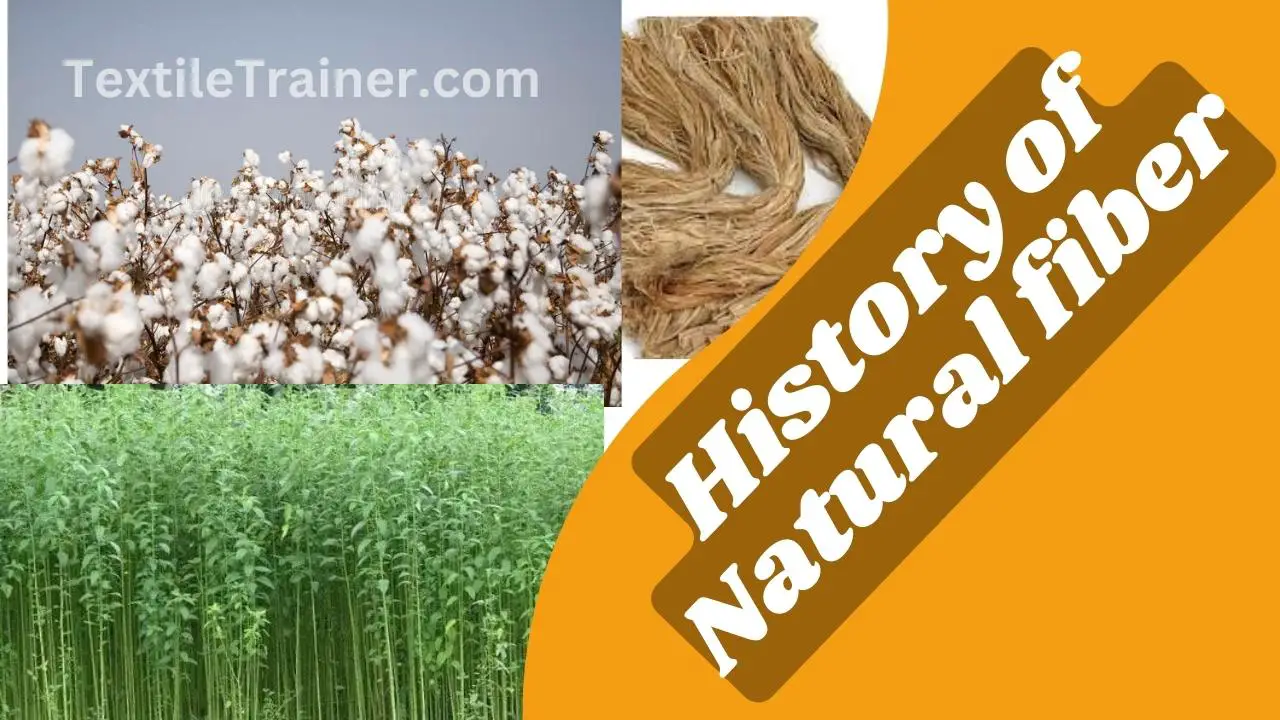
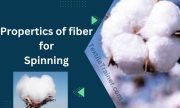
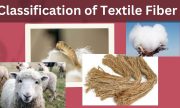
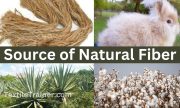
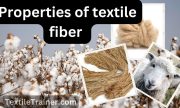

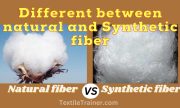
very helpful and informative article
thank….please stay with us…
This is one awesome article post.Really thank you!
I really like and appreciate your article. Keep writing.
keep visit our site….
Very good blog article.Really thank you! Much obliged.
keep visit our site…..
Im obliged for the blog.Really looking forward to read more.
thanks
A round of applause for your blog post.Really looking forward to read more. Want more.
ok, We will try…
Very informative article post.Thanks Again. Want more.
ok, I will try.
I really like and appreciate your article post.Much thanks again. Cool.
please support us.
thnx
Hello, I enjoy reading all of yiur article. I like to write a little commentto support you.
keep visit our site…..thanks
An intriguing discussion is worth comment. I believe that you need to publish more on this subject matter, it may not be a taboo matter but generally people do not talk about such issues. To the next! All the best!!
keep visit our site…..
please support us….
please support us
wow, awesome post. Great.
A round of applause for your blog article.Much thanks again. Will read on…
Thanks too
Your style is unique compared to other people I’ve read stuff from. Thanks for posting when you have the opportunity, Guess I will just bookmark this blog.
Thanks
Thanks for sharing such a nice thought, post is fastidious, thats why i have read it completely
keep visit our site….
I don’t know how often you put your content here, but definitely too rarely 😉
thank you…
Hi there, just wanted to mention, I enjoyed this blog post.It was practical. Keep on posting!
Thanks
Hey, thanks for the blog article. Really Cool.
Hey! Do you know if they make any plugins to help with SEO? I’m trying to get my blog to rank for some targeted keywords but I’m not seeing very good success. If you know of any please share. Cheers!
I really like and appreciate your blog post. Want more.
Thanks for the blog.Really thank you! Really Cool.
Very good article post.Much thanks again. Will read on…
Hello there! Do you use Twitter? I’d like to follow you if that wouldbe okay. I’m definitely enjoying your blog andlook forward to new updates.
Im thankful for the article.Much thanks again. Awesome.
I think this is a real great article post.Thanks Again. Really Great.
Very good post.Really looking forward to read more. Great.
There’s certainly a lot to know about this subject. I like all the points you made.
Awesome blog.Thanks Again. Keep writing.
I really liked your post.Thanks Again. Much obliged.
thanks too….please support us……
Very informative blog.Really looking forward to read more. Great.
Hey, thanks for the blog post.Much thanks again. Really Great.
This is one awesome blog article.Much thanks again. Fantastic.
wow, awesome article.Thanks Again. Keep writing.
keep visit our site…..
I appreciate you sharing this post.Much thanks again. Really Cool.
This is one awesome article.Really looking forward to read more. Keep writing.
Very neat blog.Really looking forward to read more. Fantastic.
wow, awesome article post. Fantastic.
I think this is a real great blog.Thanks Again. Really Great.
It’s really a cool and useful piece of information.I’m happy that you shared this helpful information with us.Please stay us informed like this. Thank you for sharing.
Welcome. Stay connected
A big thank you for your article.Much thanks again. Fantastic.
Enjoyed every bit of your blog post.Really looking forward to read more.
I value the blog post. Great.
Great, thanks for sharing this blog article.Thanks Again. Will read on…
I really enjoy the article.Really looking forward to read more. Really Great.
A round of applause for your article.Much thanks again. Really Cool.
Thanks for the blog.Really looking forward to read more.
Great blog post.Thanks Again. Will read on…
Say, you got a nice article post.Really thank you! Great.
Thanks again for the article post.Much thanks again.
I think this is a real great article.Really thank you! Keep writing.
Fantastic blog. Keep writing.
Thank you ever so for you blog.Thanks Again. Great.
I have been reading out many of your posts and it’s pretty clever stuff. I will definitely bookmark your blog.
Awesome article.Thanks Again.
Say, you got a nice post.Much thanks again. Awesome.
Great, thanks for sharing this blog post. Cool.
Thanks for the post.Really thank you! Awesome.
Hey, thanks for the article post.Thanks Again. Keep writing.
Very neat blog post. Really Cool.
I really liked your blog post.Thanks Again. Really Cool.
Looking forward to reading more. Great blog post.Really looking forward to read more. Great.
Looking forward to reading more. Great article post.Really looking forward to read more. Cool.
wow, awesome blog post. Much obliged.
Very good post.Much thanks again. Much obliged.
A big thank you for your blog post. Really Cool.
Thanks for sharing, this is a fantastic article.Really thank you! Cool.
I really liked your article post.Really thank you! Will read on…
wow, awesome blog article.Much thanks again. Keep writing.
Very neat article.Really looking forward to read more.
Very informative post.Much thanks again. Keep writing.
I am so grateful for your article post.Really thank you!
Really informative post. Keep writing.
wow, awesome article.Thanks Again. Keep writing.
Fantastic article post.Really thank you! Fantastic.
A big thank you for your article. Will read on…
Im thankful for the blog. Keep writing.
Great, thanks for sharing this blog.Thanks Again. Cool.
Looking forward to reading more. Great post.Really looking forward to read more. Cool.
I am so grateful for your blog post. Want more.
I really liked your blog.Thanks Again. Great.
Really enjoyed this blog post. Cool.
Say, you got a nice blog.Thanks Again. Awesome.
I value the blog article.Really thank you! Really Cool.
Great, thanks for sharing this blog article.Really looking forward to read more.
I loved your blog post.Really thank you! Really Cool.
Thank you ever so for you blog.Really thank you! Want more.
Looking forward to reading more. Great article.Really thank you! Want more.
Say, you got a nice post. Really Great.
I savour, cause I discovered just what I used to be taking a look for. You have ended my four day long hunt! God Bless you man. Have a nice day. Bye
Thanks
Im obliged for the blog. Much obliged.
Thanks
Thank you for your blog post.Really thank you!
I really liked your blog article.Really looking forward to read more. Want more.
Great blog post.Really looking forward to read more. Fantastic.
This is one awesome blog article. Cool.
Very neat blog post.Thanks Again. Much obliged.
It’s really a great and helpful piece of information. I am glad that you shared this useful info with us. Please keep us up to date like this. Thanks for sharing.
I’m now not sure the place you are getting your info,however good topic. I must spend a while finding outmuch more or figuring out more. Thank you for excellent infoI was in search of this information for my mission.
Thanks
Thanks-a-mundo for the article.Much thanks again. Will read on…
Thanks
I loved this blog post. Thank you for sharing it.
I think this is a real great article post.Really thank you! Much obliged.
I truly appreciate this article post.Really thank you! Much obliged.
Enjoyed every bit of your blog.Much thanks again. Fantastic.
Very good post. I’m going through a few of these issues as well..
Fantastic blog.Thanks Again. Great.
Thank you ever so for you blog post.Much thanks again.
Enjoyed every bit of your blog post.Thanks Again. Want more.
Great, thanks for sharing this article. Awesome.
I think this is a real great post.Really thank you! Fantastic.
This is one awesome article post.Much thanks again. Awesome.
Looking forward to reading more. Great post.Really thank you!
I appreciate you sharing this article post.Much thanks again. Fantastic.
Im obliged for the blog article.Thanks Again. Great.
Great blog.Really thank you! Much obliged.
I really enjoy the blog.Thanks Again. Really Great.
Kerassentials are natural skin care products with ingredients such as vitamins and plants that help support good health and prevent the appearance of aging skin. They’re also 100% natural and safe to use. The manufacturer states that the product has no negative side effects and is safe to take on a daily basis.
I really liked your article.Thanks Again. Really Great.
Thanks a lot for the blog article.Really thank you! Really Great.
Im obliged for the blog article.Much thanks again. Really Cool.
Thanks so much for the article post.Really thank you! Keep writing.
I am so grateful for your blog post.Really looking forward to read more. Keep writing.
Thanks for the article post.Thanks Again. Really Cool.
I value the article.Much thanks again. Will read on…
I appreciate you sharing this article.Much thanks again. Great.
I really like and appreciate your blog post.Really looking forward to read more. Really Cool.
This is one awesome blog.Much thanks again. Will read on…
Wow, great blog article.Much thanks again. Awesome.
Really informative article post.Really thank you! Want more.
I am very happy to look your post. Thanks a lot and i am taking a look ahead to touch you.
Very informative post.Really looking forward to read more. Great.
Very neat blog. Want more.
Im thankful for the article. Keep writing.
I really enjoy the blog article. Much obliged.
Really lloved this piece. Thanks for sharing.